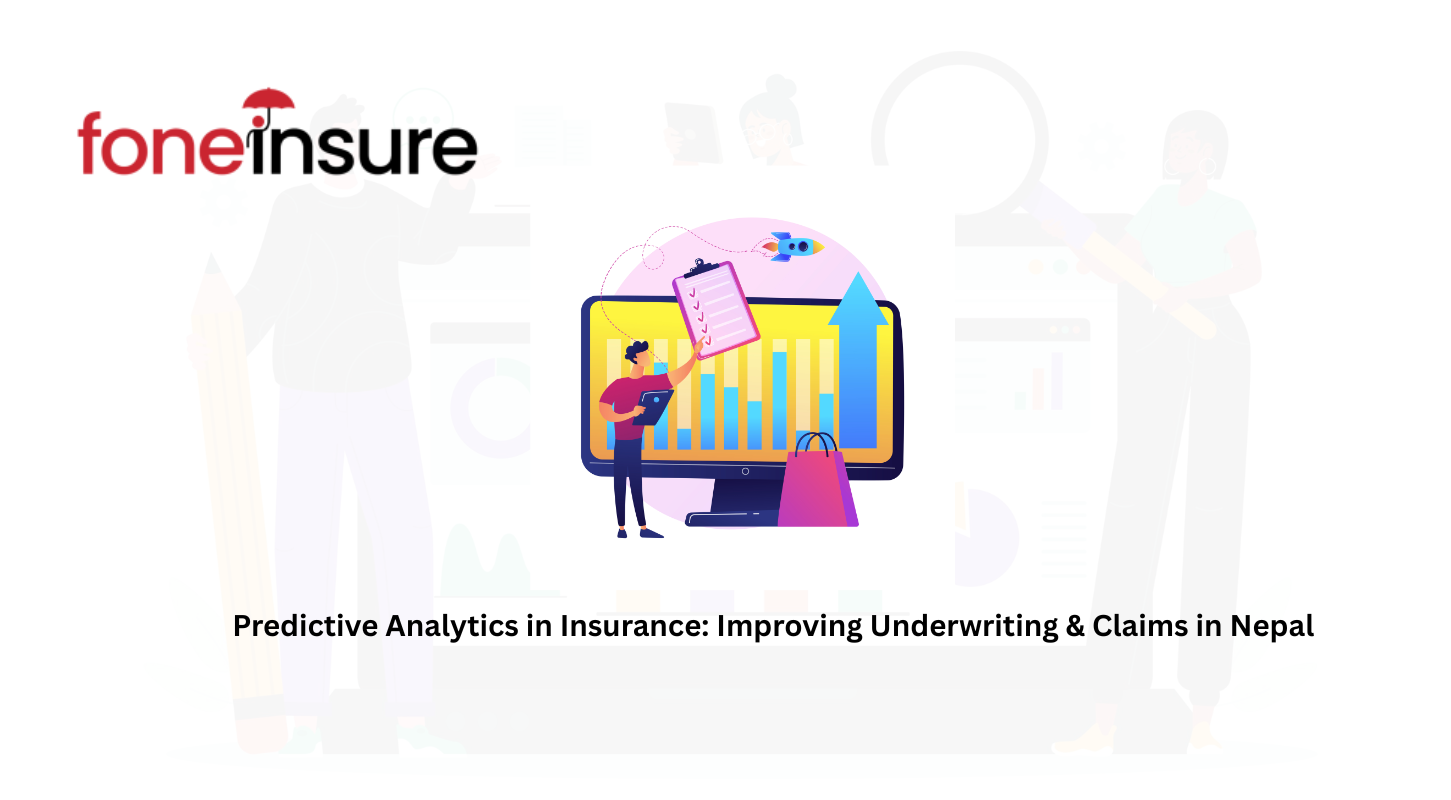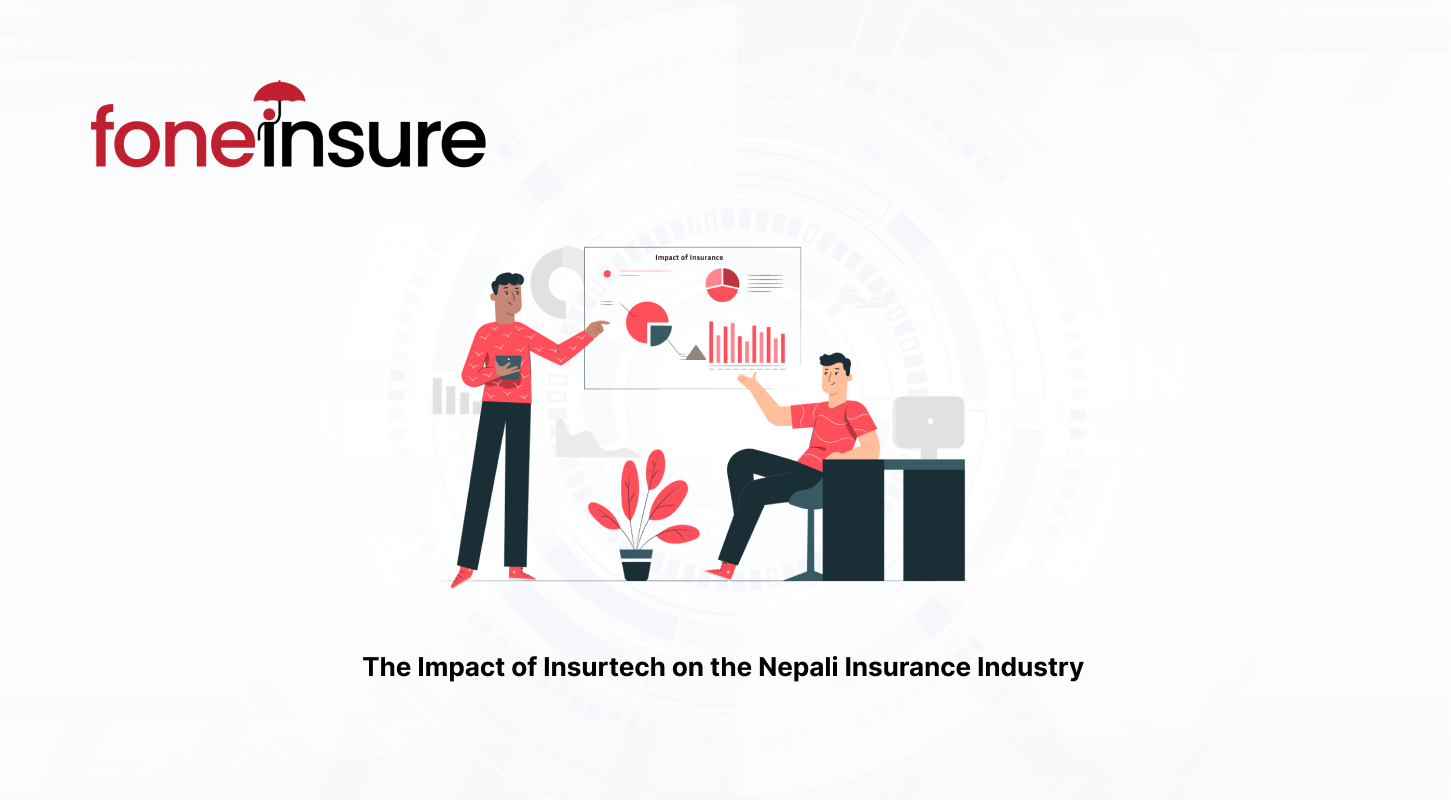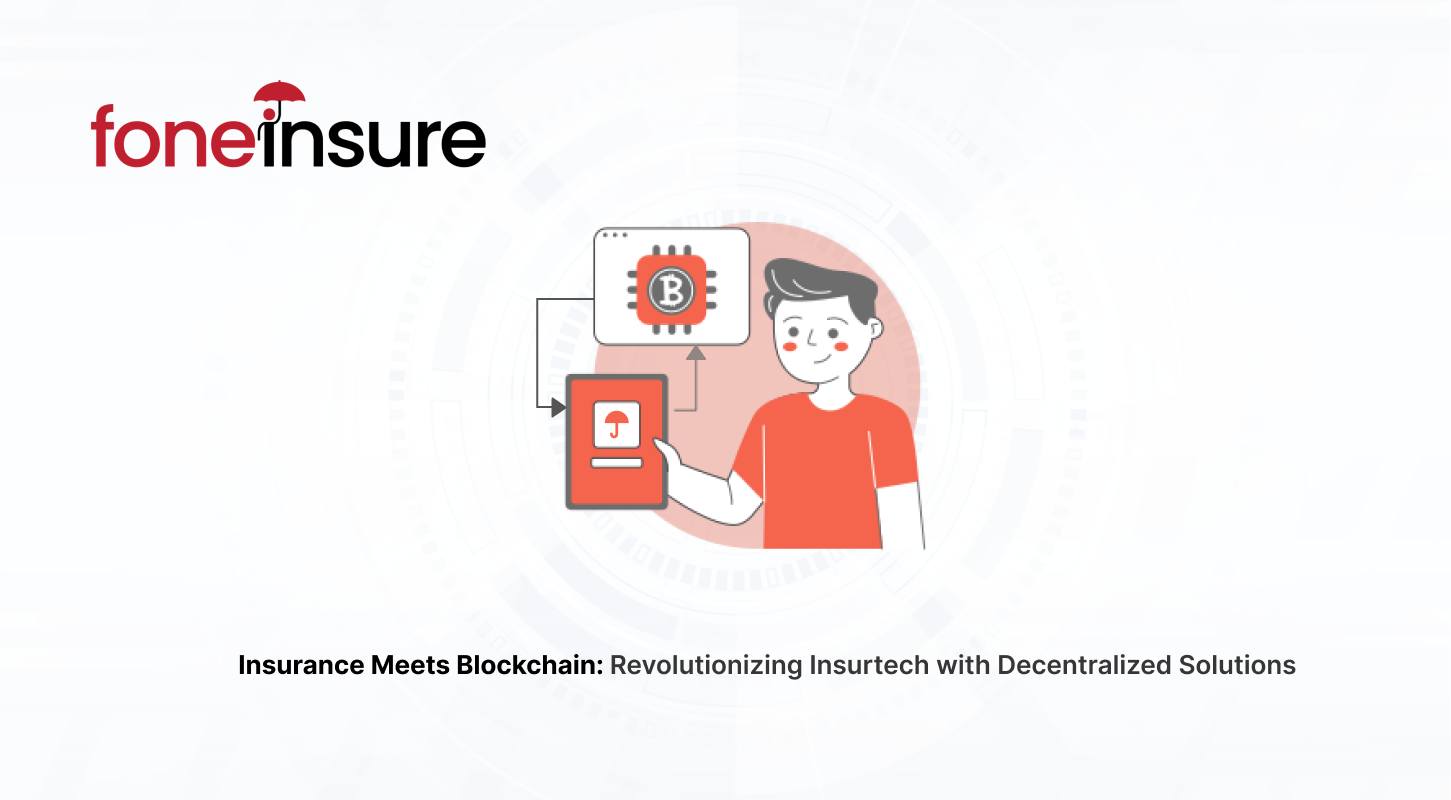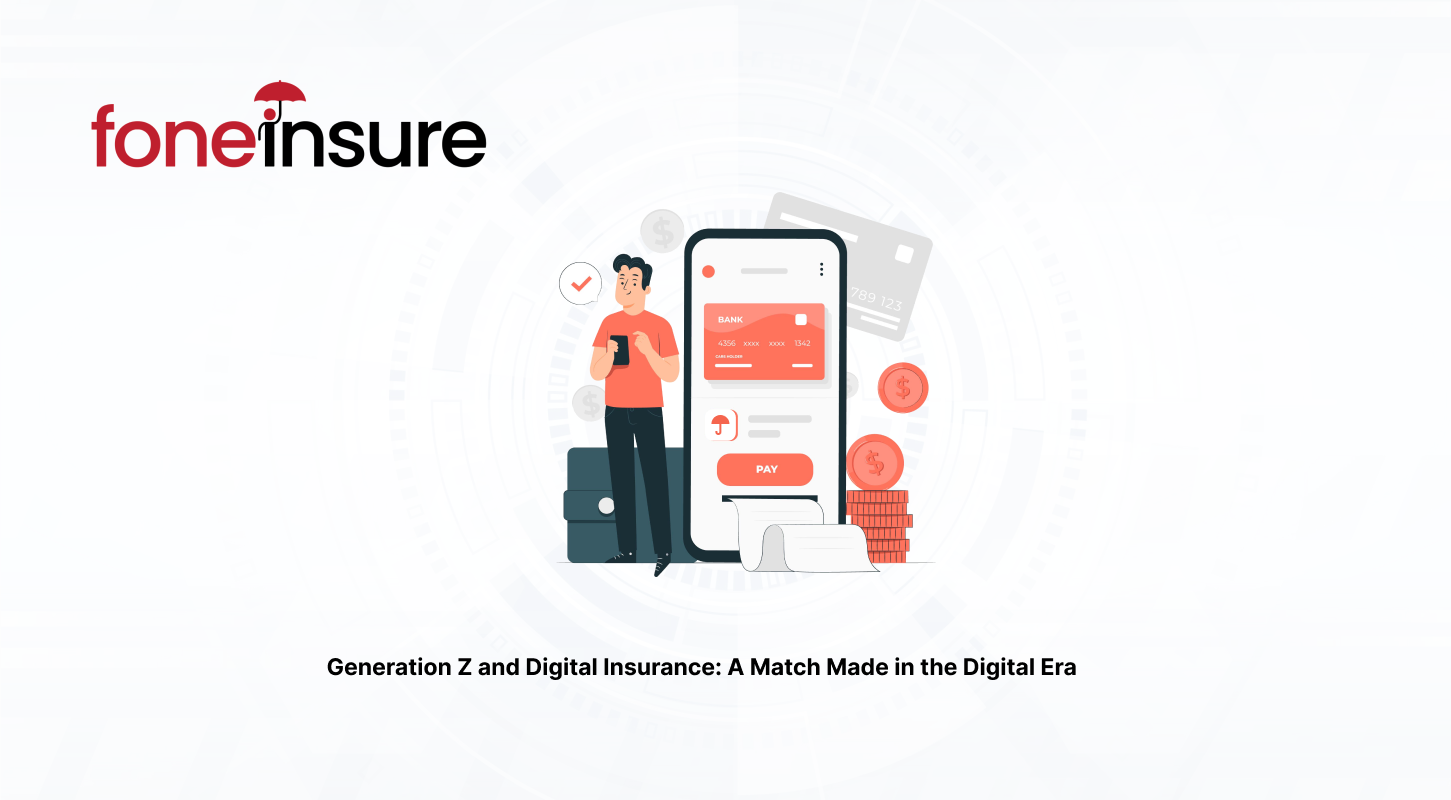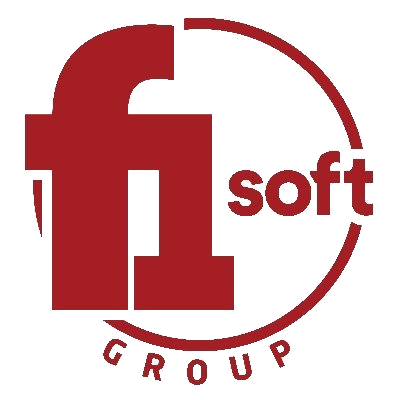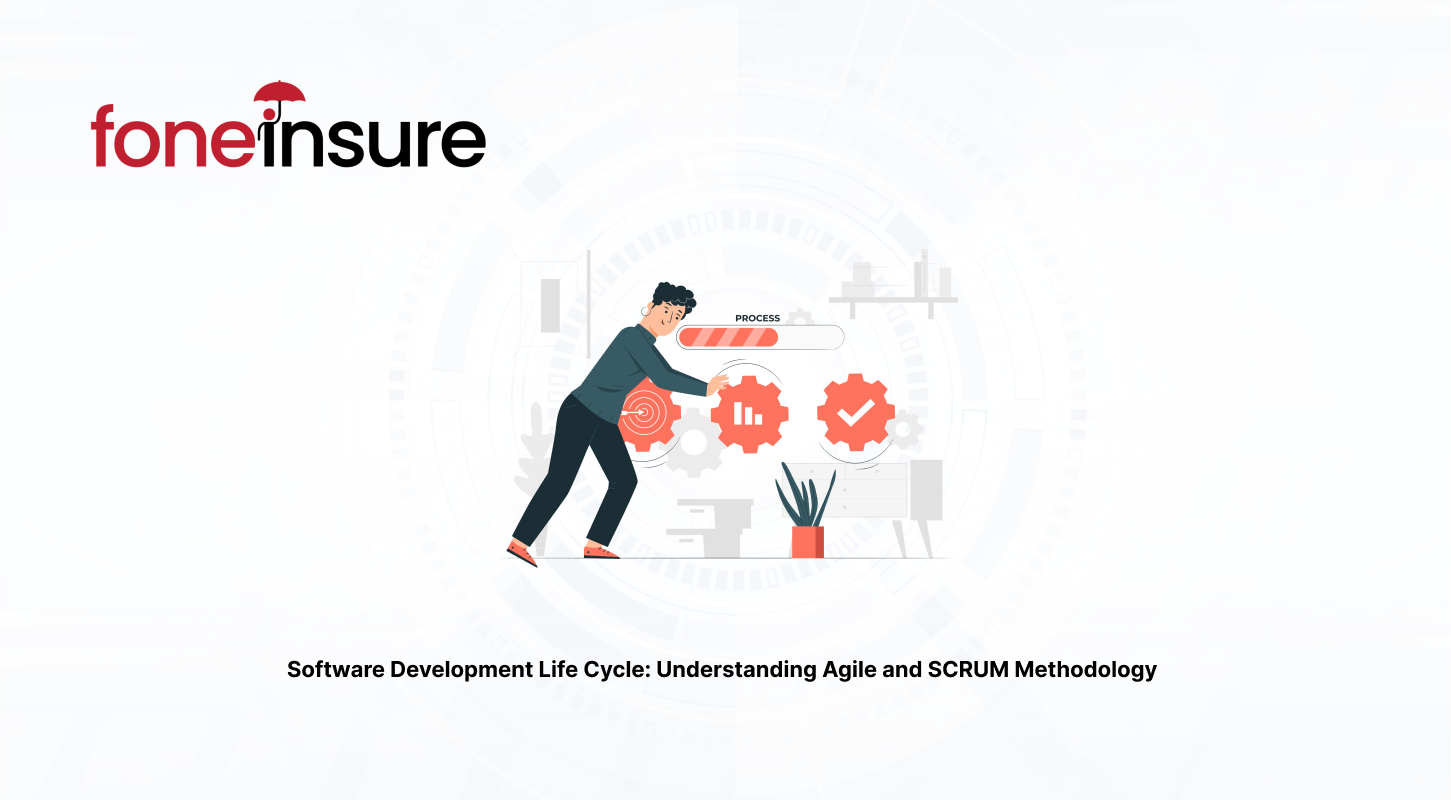
Introduction
In the vast landscape of software development, choosing the appropriate approach for your project can make a big impact in the complex world of software development. Agile and SCRUM, two methodologies that have revolutionized how the teams tackle software projects. Let’s examine these approaches and see how they shape the software development lifecycle.
The Software Development Life Cycle
Software development is one of the most complex projects that human has ever done. The software development process is full of obstacles, from coding to testing to deployment, thus software development process requires a structure approach.
The Software Development Life Cycle (SDLC), a methodology that offers the framework for planning and controlling the creation, testing and delivery of an information system. The SDLC breaks down a project into distinct phases, each characterized by specific criteria, resources and deliverables. From requirement analysis to operations and maintenance, each phase plays a crucial role in the software development journey.
Agile vs Waterfall Methodology
While the traditional waterfall approach advocates for linear progression through project phases, Agile embraces flexibility and adaptability. In an ever-changing landscape, where uncertainty is the only constant, agile shines with its iterative and incremental approach. Real Life illustration of waterfall approach can be compared to assembling a car piece by piece and agile to building a bicycle at first and gradually adding components to build motor cycle.
Choosing the Right Methodology
Agile becomes the best option when there is lot of uncertainty and requirements are changing rapidly. In contrast, the Waterfall methodology might be suitable for projects that are clearly defined and have minimal scope for changes.
SCRUM Methodology
SCRUM stands out among Agile methodologies for its emphasis on collaboration and teamwork. Unlike traditional top-down management approaches, SCRUM empowers teams to self-organize and make collective decisions. This collaborative spirit fosters innovation, creativity, and a sense of ownership among team members.
Empowering Teams in Dynamic Environments:
In today’s fast-paced and ever-changing business landscape, adaptability is key to success. SCRUM equips teams with the tools and mindset to thrive amidst uncertainty and change. By embracing iterative development and continuous feedback loops, SCRUM enables teams to quickly respond to evolving requirements and market dynamics.
Key Roles in SCRUM:
The SCRUM framework defines three key roles: the Product Owner, Scrum Master, and Team. Each role plays a distinct yet interconnected part in driving the project forward. The Product Owner represents the voice of the customer, prioritizing features and maximizing the value of the product. The Scrum Master serves as a facilitator, removing obstacles and fostering an environment conducive to collaboration and innovation. The Team comprises individuals with diverse skills and expertise, collectively responsible for delivering high-quality work.
Essential Artifacts:
SCRUM relies on several essential artifacts to provide transparency and direction throughout the development process. The Product Backlog serves as a dynamic list of features and requirements, constantly refined and prioritized by the Product Owner. User Stories, concise narratives that capture user needs and expectations, guide development efforts towards delivering value. The Burndown Chart visualizes progress over time, helping teams track their velocity and adapt their strategies accordingly.
User Stories and Planning Poker:
User Stories follow a simple syntax—”As a [type of user], I want [some goal], so that [some reason]”—to succinctly capture user requirements and drive development efforts. Planning Poker, a collaborative estimation technique, uses the Fibonacci series of numbers to assign relative effort to User Stories. This iterative process encourages consensus-building and ensures realistic expectations for project timelines and scope.
Sprint Retrospective:
At the end of each sprint, teams engage in a retrospective meeting to reflect on their performance. This introspective session allows team members to celebrate successes, identify challenges, and brainstorm improvements. By fostering a culture of continuous learning and development, sprint retrospectives enable teams to refine their processes and enhance their productivity over time.
SCRUM Story Board:
The SCRUM Story Board serves as a visual representation of project progress. Stories move across stages—from “To Do” to “In Progress” to “Testing” to “Done”—providing stakeholders with real-time visibility into the project’s status. This transparency promotes accountability and alignment among team members, ensuring everyone is working towards common goals.
In essence, SCRUM embodies the principles of collaboration, adaptability, and continuous improvement. By leveraging its framework, teams can navigate complex projects with confidence, delivering value to customers and stakeholders alike.
Conclusion
In conclusion, agile and SCRUM offer dynamic frameworks for navigating the complexities of software development, by embracing flexibility, collaboration and iterative progress, team can adapt to change, deliver value and thrive in today’s ever-evolving landscape.

